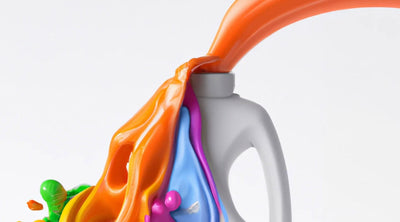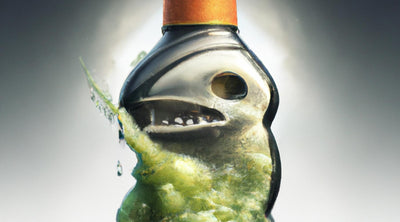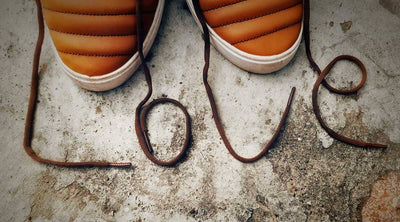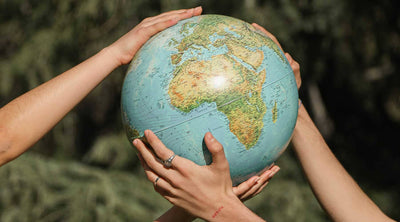The Footprint of Lawns
august 10, 2020It makes sense that our homes have a footprint, especially since the materials and general nature of them are rather unnatural. They take up space that could have otherwise been natural like forest or other habitat.🌱 But do we think the same way when we look at our lawn or yard?
Most of us (it’s safe to say) probably don’t.
Maybe the footprint comes to mind when we see how much our water bill is in the summer from irrigation. That’s a great thing to become aware of, but it’s just one part of our yard’s footprint.
Lawns restrict biodiversity

Nature, is always diverse. A lawn or space with planted grass is not. A lawn can be thought of to be just as diverse as say...a field of corn.🌽 Meaning not so diverse in the slightest. Areas which are simply one type of plant, or one species of grass can be referred to as a monoculture.🌾
This creates for a very unhealthy environment, and the fact that farmers have to pump nutrients in the soil is a tell tale sign that it is not sustainable. The soil of these lands are depleting at alarming rates.
Okay, so back to the lawn though. Nature does not want to be a lawn or monoculture-d grass. It never has and it never will. This puts restrictions on what would normally want to grow there naturally: things like wildflowers, weeds, trees, and maybe some clover or something.
When these things are all growing together, the soil is replenished and species are able to thrive there. Whether those species be plants, bugs, birds, or mammals!🦉
Just because something is green doesn’t mean it's biodiverse as nature intended.
We should aim to be making all green space as biodiverse as possible since many species are losing their habitat to development.🏘 And let’s not forget those species include the ones which are responsible for maintaining about a third of the world’s food supply, AKA: pollinators.
Lawns require a lot of water

Because monoculture-d spaces are so unnatural, they are also dependent on unnatural sources of water.🚰
Ever notice how forests are just there...without human irrigation?
With water becoming more and more scarce (especially with the effects of climate change), how we are using our water is becoming more and more important.
Plus, less water used means a smaller water bill. That’s proven science!🔬
Lawns usually require chemicals and fertilizers

Because nature doesn’t want to be a lawn, it’s going to do all it can to not be. This usually comes about through weeds, pests, droppings like seeds and leaves, and disease. All of these things would normally begin to create a more natural space, all without the help of humans.
Because of this phenomenon known as the natural world, we have introduced things to combat this. Those things include herbicides, pesticides, weed killers, and fertilizers. All or some of these things are usually required to maintain a lawn’s unnatural beauty.⚗️
Not only do these chemicals harm the immediate soil and animal life,☠️ but they also have a high potential to end up in surrounding environments through rain or being carried by animals and humans.
And it is safe to say when we or our dog is rolling around on the lawn we are coming into contact with those chemicals.
A simple game of croquet is starting to become slightly less innocent.

Even “natural” fertilizers impact waterways and natural environments. Whenever an unnatural amount of nutrients are added to the environment or water this can harm the natural swing of things. A good example would be algal blooms which are almost solely caused from lawn and farmland fertilizers. 🦠

We aren’t writing these articles to make people feel bad about their lifestyle and how it harms the planet. We are on here to build community, to educate, and to learn how we as a company and community can do the maximum good for the world.
Learning about our own footprint (whether it be our single use waste or our lawns) can lead to one of two feelings: it could either be really depressing and discouraging, or it can be motivating and uplifting learning so many different ways to help the world improve.🌏
We are all at a very unique point in our lives where we can make such a huge difference. And we can all start right here, right now.
Now that you've learned about the impact of lawns, it's time to learn how to create more eco friendly yard space. Just click here! 💚

Written by Aaron Burr
A writer dedicated to working solely with companies on a mission to help the earth and people on it.
MORE Sustainability 101 ARTICLES View all ›
Ready to make
the switch?
- Powerful Cleaning
- Dissolves Easily
- Skin-Friendly
- Eco-Friendly
- No Mess














